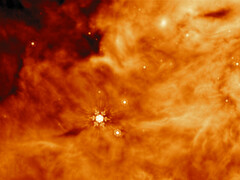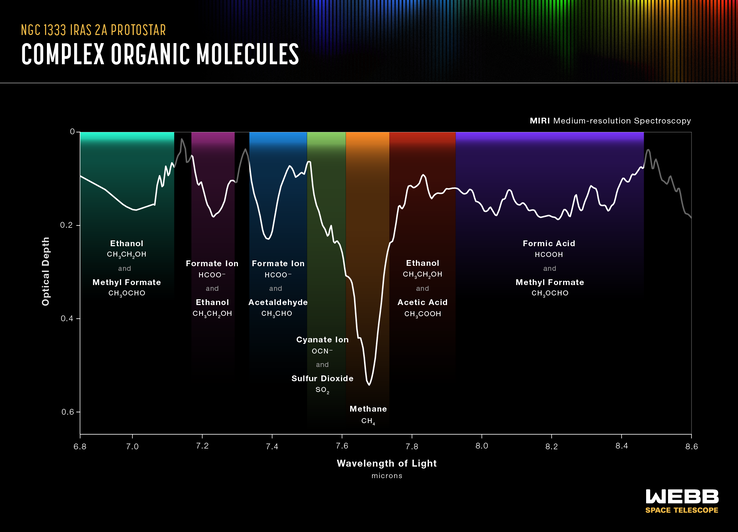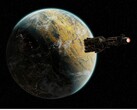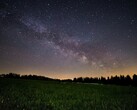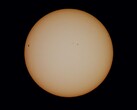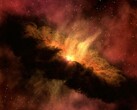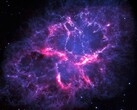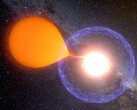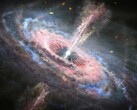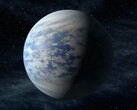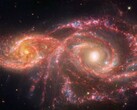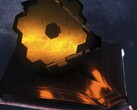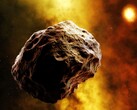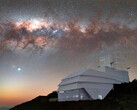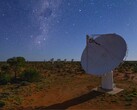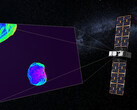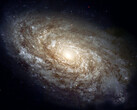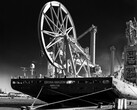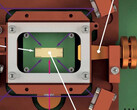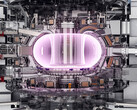The two protostars IRAS 2A and IRAS 23385 are of particular interest for space research. Both will continue to condense in the near future and collect the nebulae surrounding them with their gravity.
If they are heavy enough, the protostars will develop into real stars. IRAS 2A is considered a lightweight and is therefore similar to our sun.
Observing the protostar, which is located 4,500 parsecs or 15,000 light years away, could therefore shed light on how our own solar system was formed.
The Hubble Space Telescope detected ammonia in its surroundings back in the 1990s. The James Webb Space Telescope (JWST) is now revealing other substances that can be detected in the micrometer range - i.e. in infrared light.
These include formic acid, acetic acid and alcohol. The molecules are put together on earth by organic processes, not least during the fermentation of food.
This begs the question of what they are doing in huge quantities in a nebula in another region of the universe. And whether we need to completely rewrite the cultural history of alcohol.
Fortunately not. Basically, only four different elements are needed for the molecules: Hydrogen, carbon, oxygen and nitrogen. They are among the most common elements of all and can be found wherever matter collects - including in areas where stars are born.
It is currently assumed that they are created by the sublimation of ice, alongside many similarly structured organic molecules. In this process, frozen water suddenly becomes gaseous when energy is added and forms these more complex shapes in the presence of nitrogen and carbon.
These in turn can be collected by heavy bodies and eventually travel through space in the form of asteroids. If they crash onto a newly formed planet, they provide important basic building blocks for the emergence of life - or so the theory goes.
So at least the question of whether life or alcohol was there first can be posed anew.




